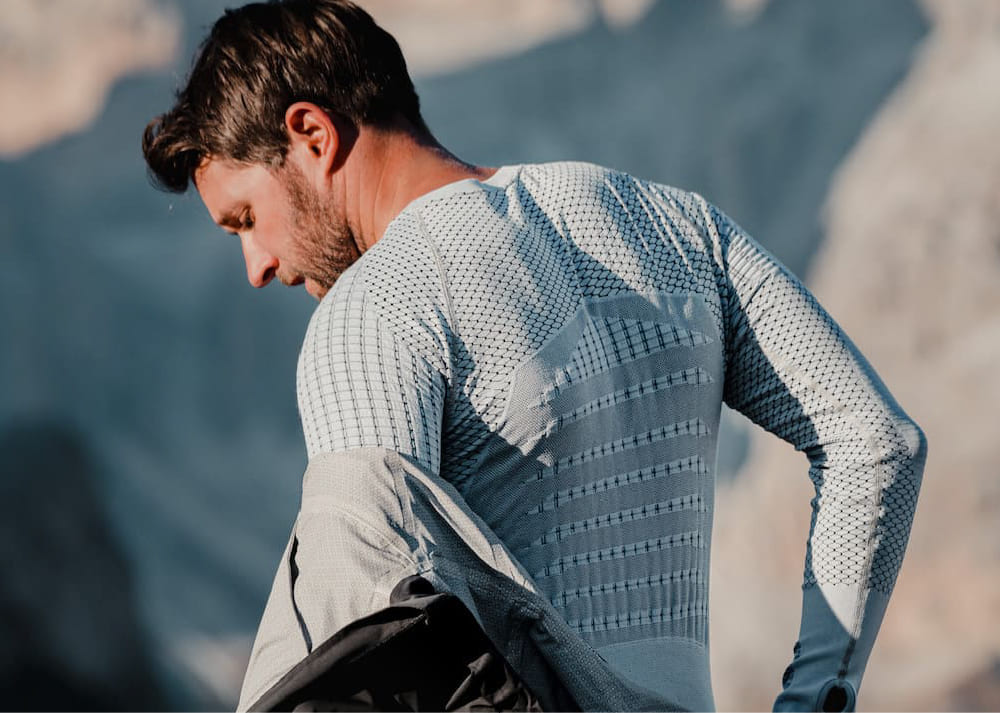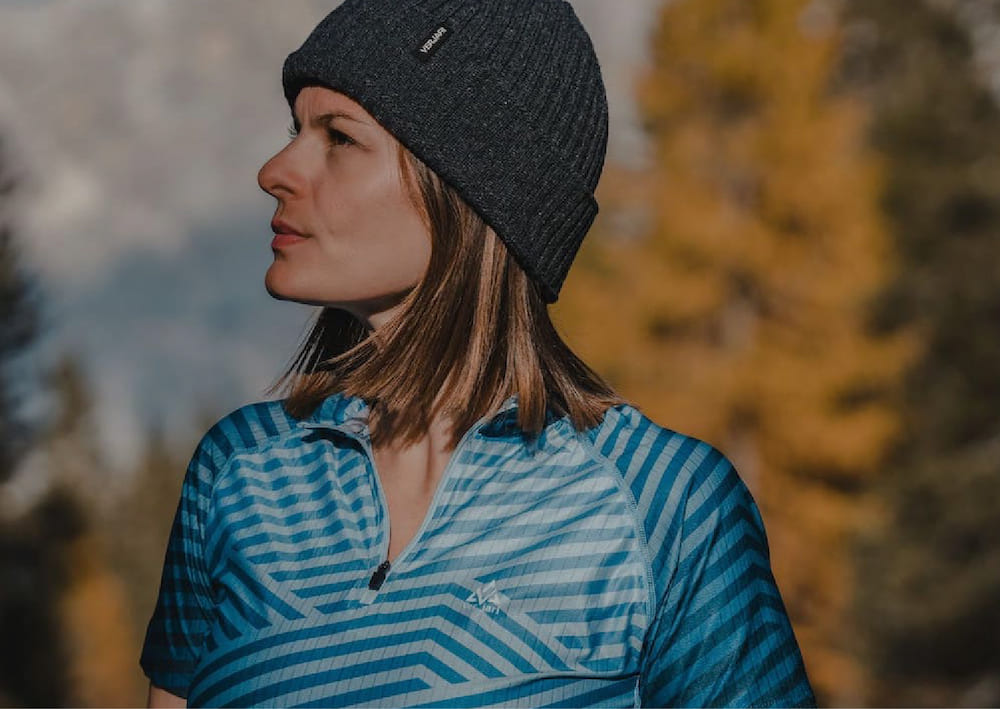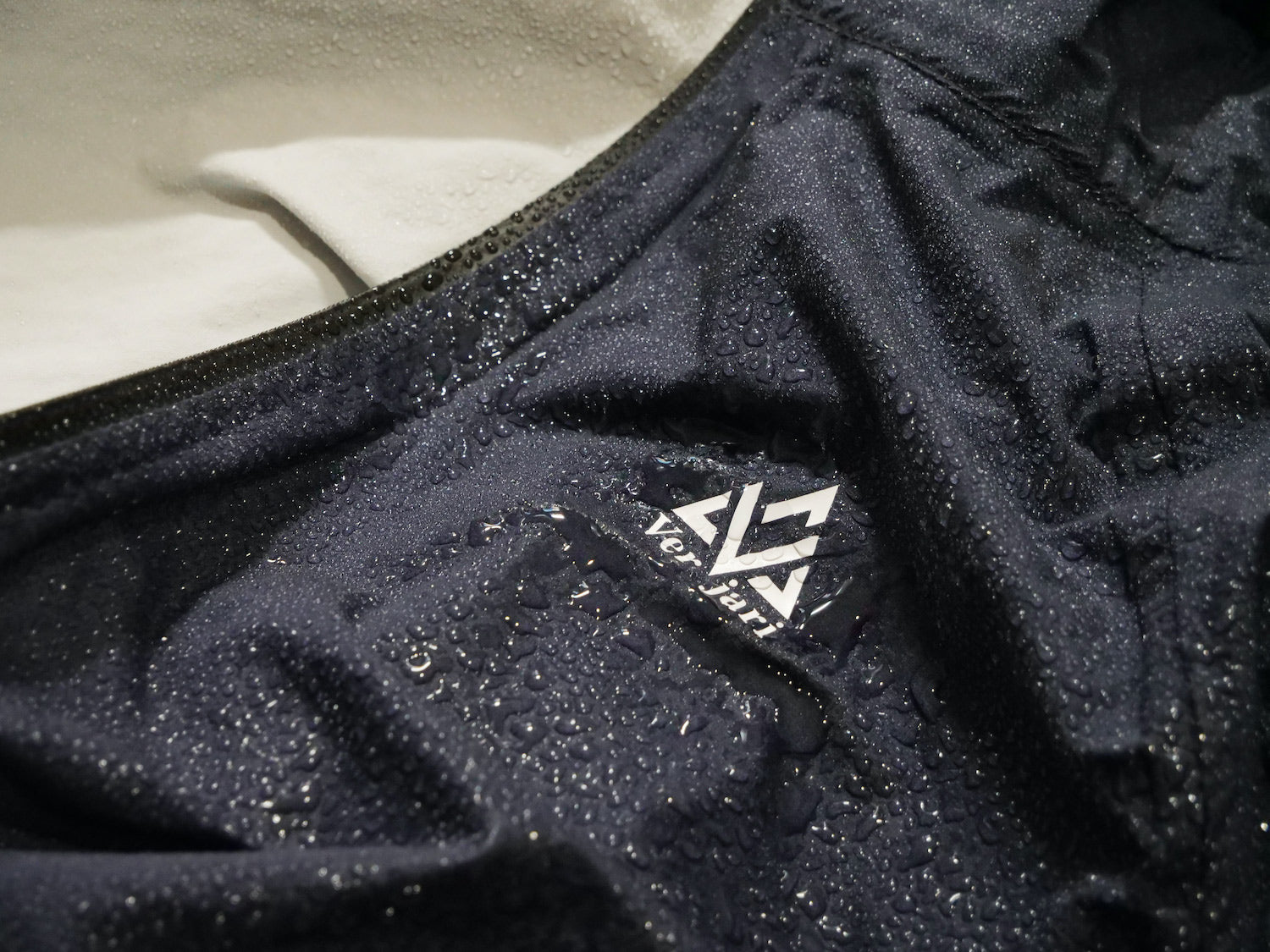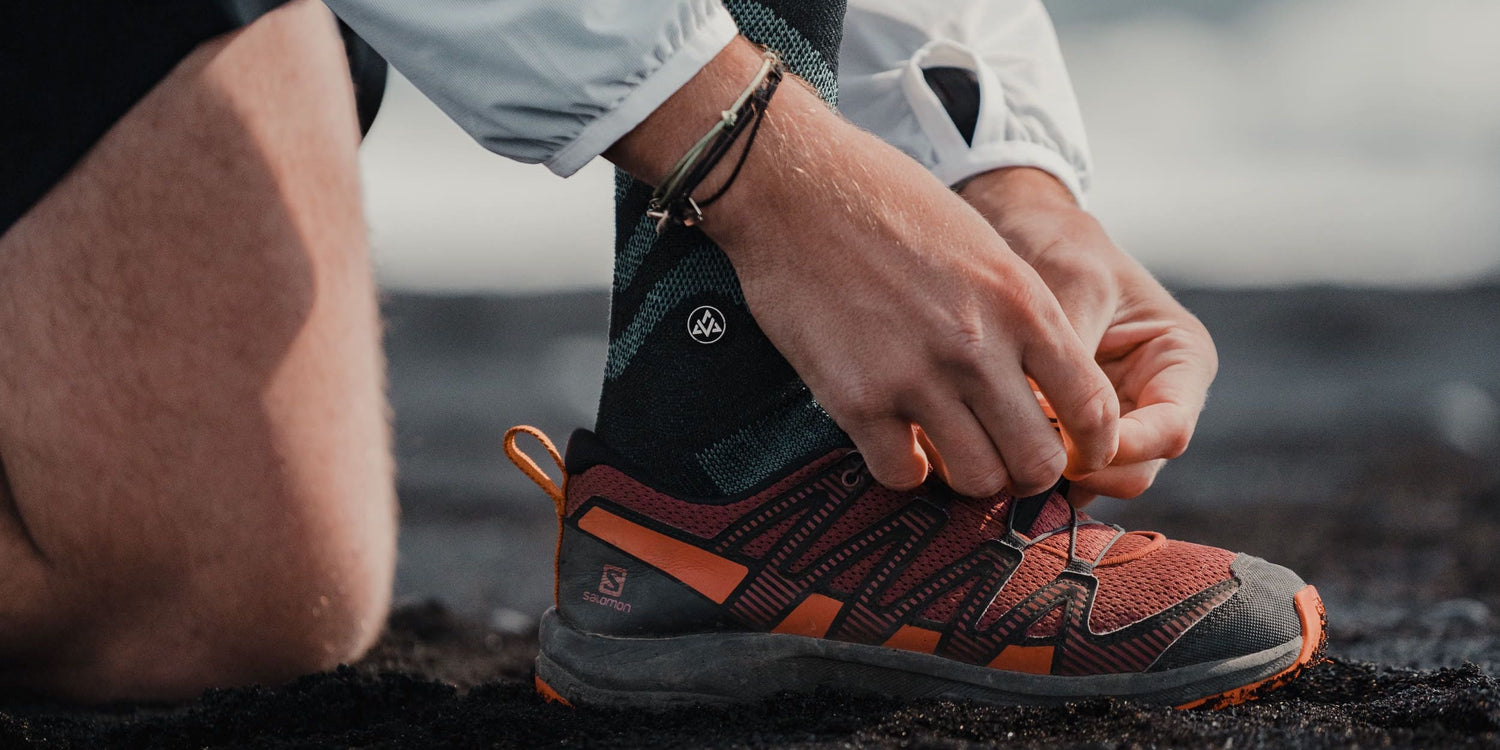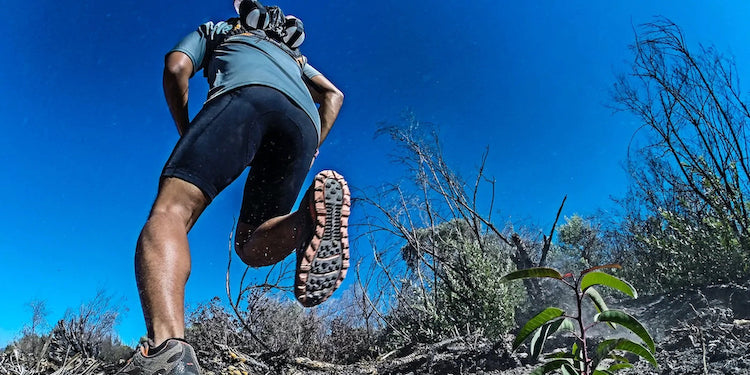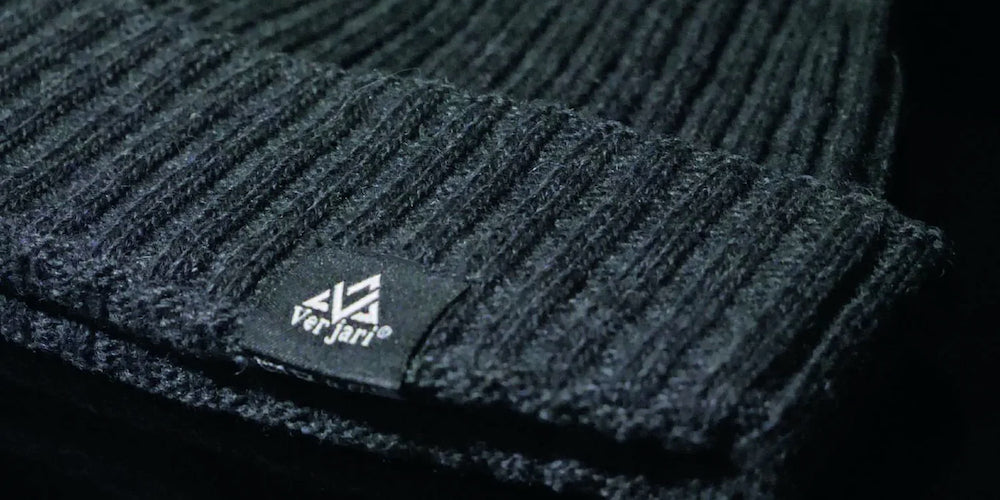Every discipline has its equipment. When it comes to trail running, the role of shoes is essential and it is not always easy to make a choice and sometimes to understand the most important characteristics when buying a new pair.
Fundamental technical aspects
It is common to spend a lot of time in front of the shelf of a specialist seller or simply online at the site of a retailer or manufacturer of trail running shoes. This is not a mistake as you have to be vigilant about certain specific technical aspects. When treading the trails, the bond between your shoes and you must provide you with significant grip, power transfer and optimal comfort without the slightest loss of performance. A nice mix not always easy to find.
Also, keep in mind that some shoes may be suitable for some while others will not. And vice versa. This is the case in all sports, from soccer cleats to trail running shoes.
So what should you watch out for when choosing your future shoes?
Shoe dynamism
Runners all expect the same from their shoes. From cross-country skiers to sprinters, including trail runners, the search for dynamism is the most important character. Due to the different technologies used by manufacturers, some shoes will offer you better performance by aligning strides. The current standard on the high end is the use of carbon. Via manufacturing techniques or directly, by placing a thin strip of carbon between the upper and the sole. The return of the shoe is then maximum and the dynamism finds its account between your stride and the response of the shoe.
The grip
The grip of your shoe is important, but its degree can depend on your habits. If you are riding on low-tech, low-drop trails most of the time, this might not be the number one thing to consider. If your playground corresponds to a mountainous or even aquatic environment (if you practice swimrun for example), grip then becomes essential. Where the natural elements are out, the grip of your shoe will allow your supports to move as little as possible and thus prevent bad slips.
Shoe weight
Finally, the last two characteristics add up to a choice that can only be linked to your running shoe habits. There is no better weight for a running or trail shoe. If the use of an ultra light shoe is naturally recommended over a distance of the middle distance type and the low technicality of the course, in particular thanks to a dynamism and a tenfold return of power, it is not necessarily true of s be proud of it on trail running. A light shoe will therefore bring dynamism but could quickly make you lose comfort on a long and hard race. Conversely, a heavier shoe will store less energy but will never affect your comfort. The use of specialized and personal insoles can be a significant help in this case. The cushioning of these shoes will also depend heavily on this weight, although some brands are slipping in the composition of their membranes, technologies that are more and more precise and less and less heavy. The mesh differs for each brand but some are really ahead of the curve.
The overall idea is to find a good compromise between all these characteristics. Your habits, your deadlines and your level will have to find common ground among all the models available.


